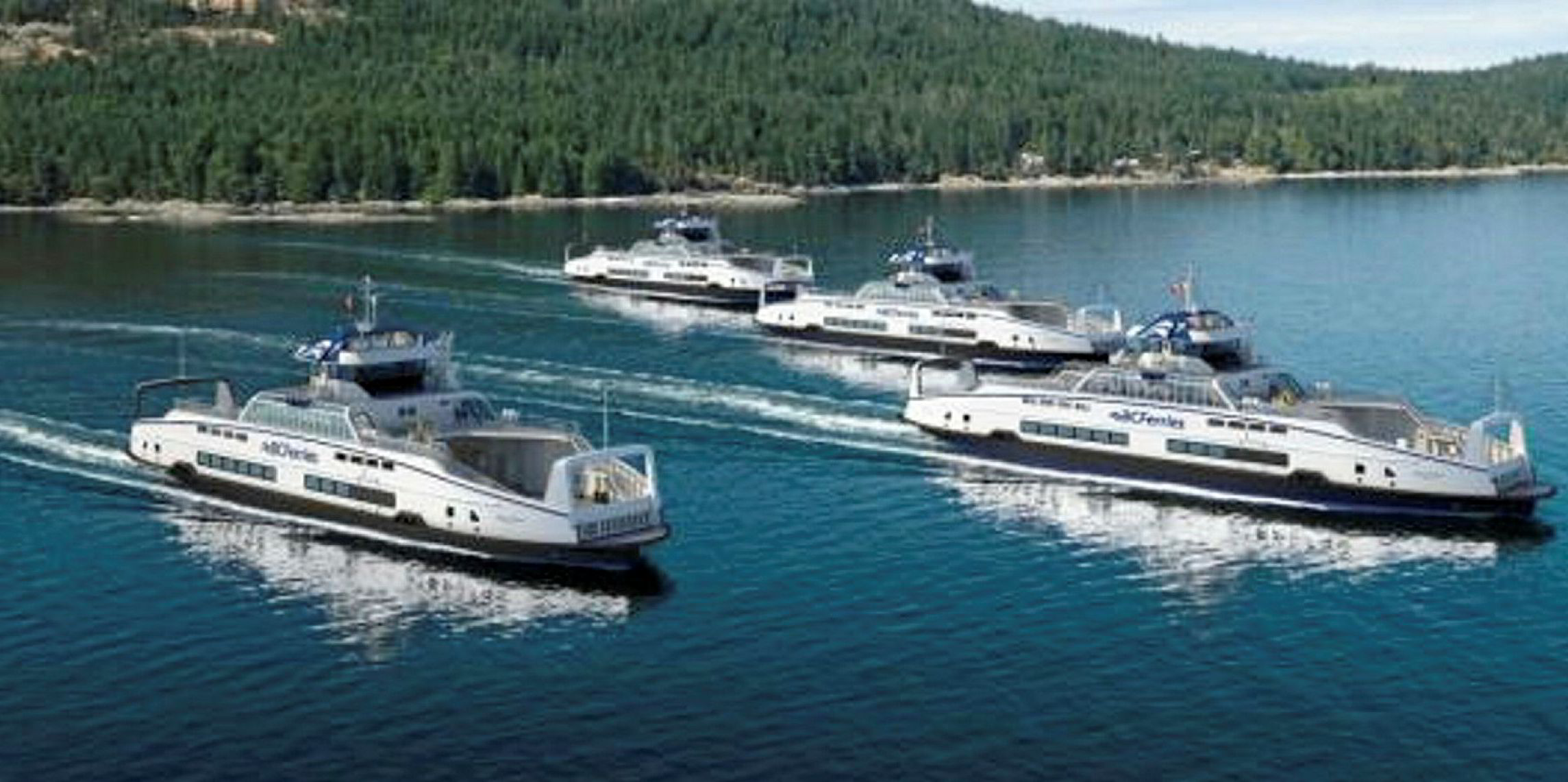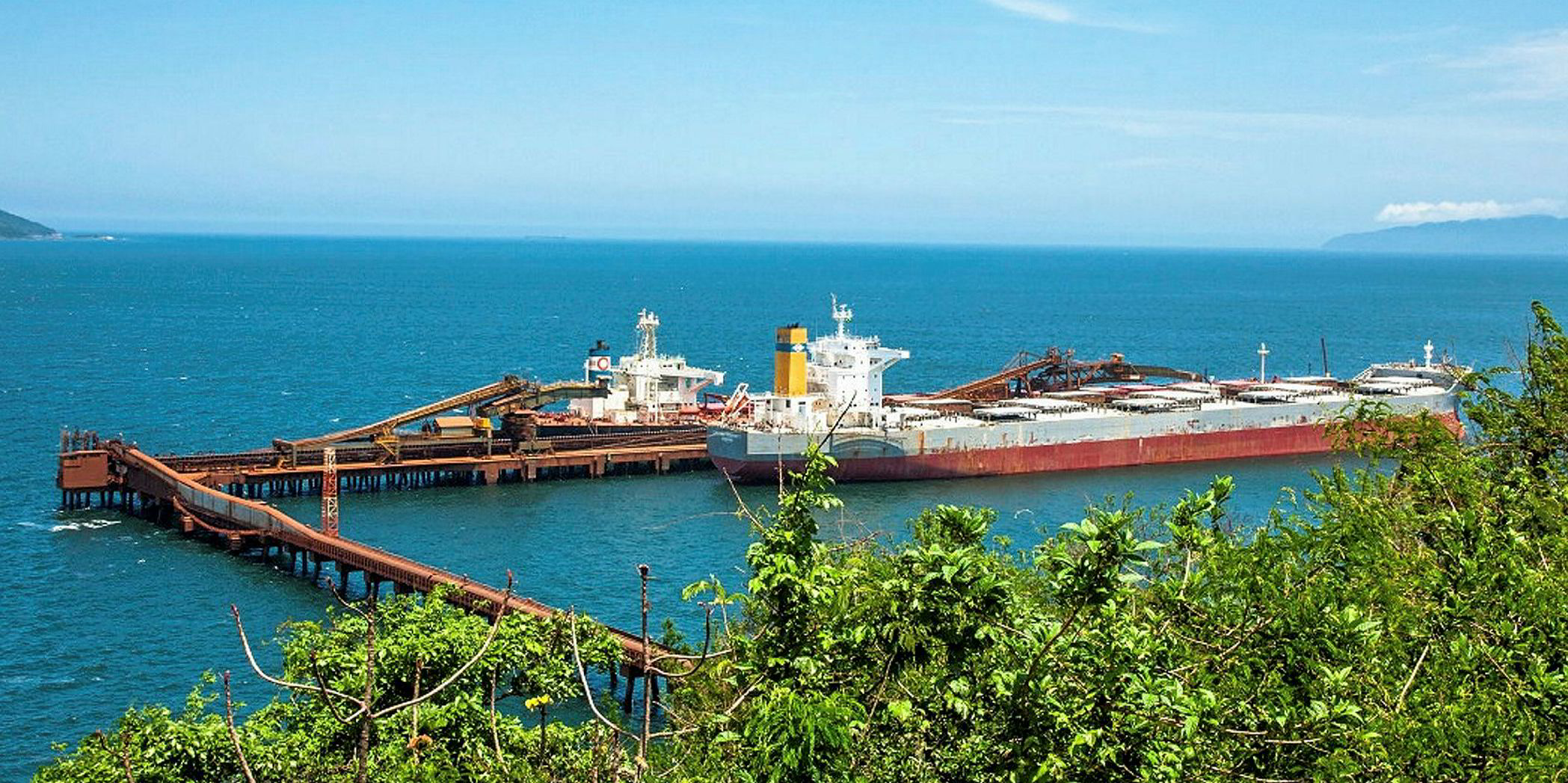Fully electric drive is viable with today’s lithium-ion battery technology for small coastal vessels, but it remains a distant goal for larger ships that carry a much greater weight of cargo over far longer distances and often have unpredictable operating requirements.
Surmounting the challenges for wider adoption of electricity in marine propulsion — particularly for bigger vessels — is likely to be led by developments in the automotive sector or other industries.
New solid-state lithium-ion technologies are showing great potential, and silicon anodes could replace graphite to boost capacities even further — but major technical obstacles still need to be overcome.
The world’s first fully electric ferry — the 1,598-gt Ampere (built 2015) — carries up to 120 cars and 360 passengers across a 6 km (3.7-mile) stretch of water in south-western Norway 34 times a day. It is recharged in about 10 minutes at each end from a large shore-side battery while unloading.
Hybrid drives offer a solution for larger ships such as the 21,765-gt expedition cruiseship Roald Amundsen (built 2019), but they currently permit electric running only for short periods.
Larger electric ships would need significant charging facilities at ports, requiring considerable infrastructure investment, but it is the batteries themselves that are the main obstacle.
Today’s lithium-ion batteries, of the type used in the Ampere and Roald Amundsen, are all around us and have revolutionised our everyday lives. But they are simply unable to store sufficient energy in relation to their size and weight to make them a viable source of propulsive energy for large ships.
Fortunately, shipping is not the only industry hungry for more energy-dense batteries — the demand is everywhere. Research is progressing into alternatives to lithium-ion batteries, such as lithium metal, solid-state lithium metal and metal-air batteries. But this development is still in its early stages.
Big steps forward

Solid-state lithium metal batteries could prove interesting for shipping, because replacing a liquid electrolyte with a solid significantly improves safety as well as energy density. Developers of these types of batteries are already partnering car manufacturers and we can expect this technology to appear in the automotive industry first.
Researchers in Japan have demonstrated that all-solid-state lithium-metal batteries can be produced with an energy density in excess of 2,500 Wh per kg, which compares favourably with lithium-ion batteries, which typically have an energy density of between 100 Wh per kg and 300 Wh per kg.
Great advances are also being made with lithium-ion batteries, particularly their electrodes.
Lithium-ion batteries are typically composed of a lithium-based cathode, a lithium-based electrolyte and a graphite-based anode. The storage capacity of a battery depends to a large extent on the materials used for its electrodes: the anode and cathode.
The term “specific capacity” is used to describe an electrode’s performance and defines the amount of electric charge the material can deliver per gram of material. Graphite has a specific capacity of 372 milliamp hours (mAh) per gram, and is widely used for anodes because it is cheap and reliable.
However, silicon anodes can theoretically have a far superior specific capacity of about 3,600 mAh per gram — 10 times that of graphite anodes. But big technical hurdles must be overcome before silicon can be deployed as an anode material.
As silicon anodes absorb a much greater number of lithium ions when charging, they swell by more than 300% in volume (compared with around 10% for graphite anodes) then shrink back to their original volume when the battery is discharged.
These fluctuations in size cause cracks in the silicon anode and, over time, irreversibly reduce the energy storage performance, resulting in a poor lifecycle.
Therefore, research is being focused on stabilising silicon anodes to reduce swelling, prevent cracking and improve their life expectancy.
It may be years until batteries are developed to provide the levels of energy density required by shipping, but the improvements on the horizon in the nearer term could support wider adoption of hybrid power such as that used by the Roald Amundsen and permit larger ships to operate on electric power for limited periods.
Simon Parry is partner in the engineering team at UK intellectual property firm Mewburn Ellis
Do you have an opinion to share? Email: news@tradewindsnews.com







